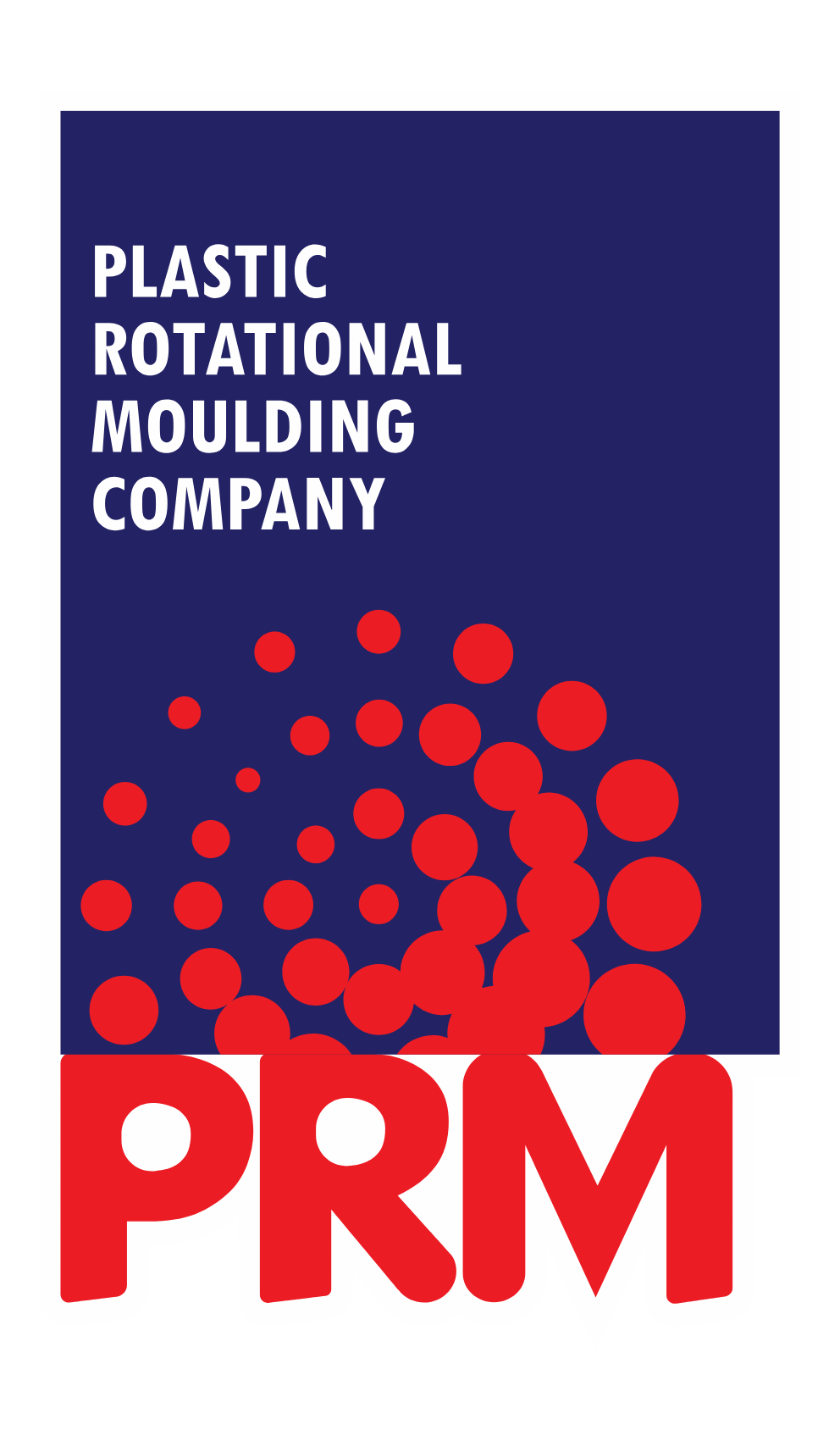Call Us Now! +64 9 579 4583
Email: admin@prm.co.nz

Email: admin@prm.co.nz Call Us Now! +64 9 579 4583
Rotational Moulding - Unleashing the Potential of Plastic Manufacturing in Auckland
Rotational moulding, also known as rotomoulding, is a remarkable and highly versatile manufacturing process that opens doors to endless design possibilities. At Plastic Rotational Moulding, we're passionate about sharing the immense advantages of this innovative technique with our clients across Auckland and New Zealand.
What is Rotational Moulding?
Rotational moulding offers design advantages over other moulding processes; parts that are usually assembled from several pieces can be moulded as one. This reduces fabrication and assembly costs.
The process also has a number of inherent design strengths, such as consistent wall thickness and strong outside corners that are virtually stress-free. If additional strength is required, reinforcing ribs can be designed into the part.
Rotational moulding delivers the product the designer envisions. Together with designers, the moulder can select the best material for the application, including materials that meet food contact, heavy metal free and other environmental and technical requirements. Additives to help make the part weather-resistant, flame-retardant, or static-free can be specified.
Inserts, threads, handles, minor undercuts, flat surfaces that eliminate draft angles, or fine surface detail can all be part of the design. Designers also have the option of multi-wall moulding that can be either hollow or foam-filled.
Cost Advantages
Rotational moulding is very cost-effective when compared to injection and blow moulding for both small and large parts.
Production costs for product conversions are reduced because lightweight plastics replace heavier, often more costly materials. This makes rotational moulding as cost-effective for individual prototypes as for large production runs.
The Rotational Moulding Process
The rotational moulding process is divided into 4 steps:
1. Loading
A mould is mounted on a mould carrier and charged with plastic powder.
2. Heating
Under biaxial rotation, the mould is heated until the powder is properly sinted and forms a uniform layer on the inside of the mould.
3. Cooling
Under continued rotation, the mould is cooled until the melt is solid.
4. De-moulding
The mould is opened, and the final product is removed from the mould.
Explore the possibilities of rotational moulding with PRM. Give us a call at +64 9 579 4583 to learn more.
CONTACT INFORMATION
BUSINESS HOURS
Mon - Fri 8 am–4:30 pm
Sat - Sun Closed
Membership
Part of the Association of Rotational Moulders Australasia